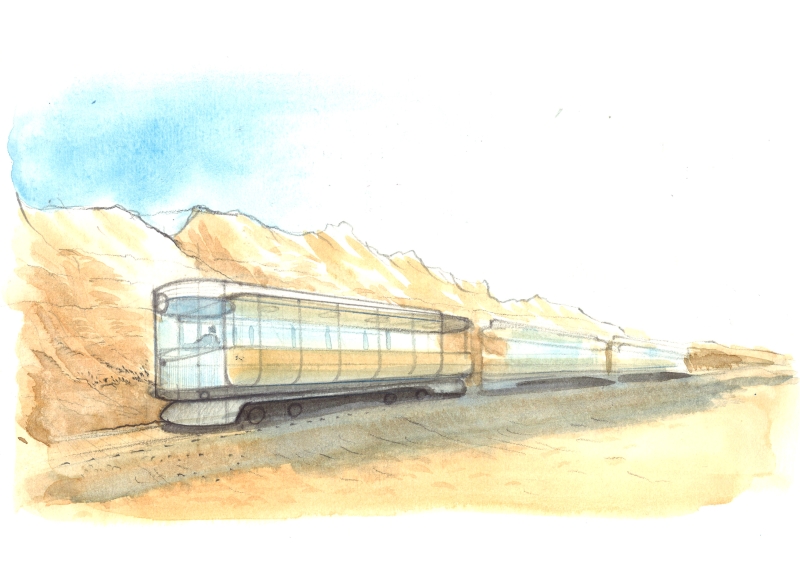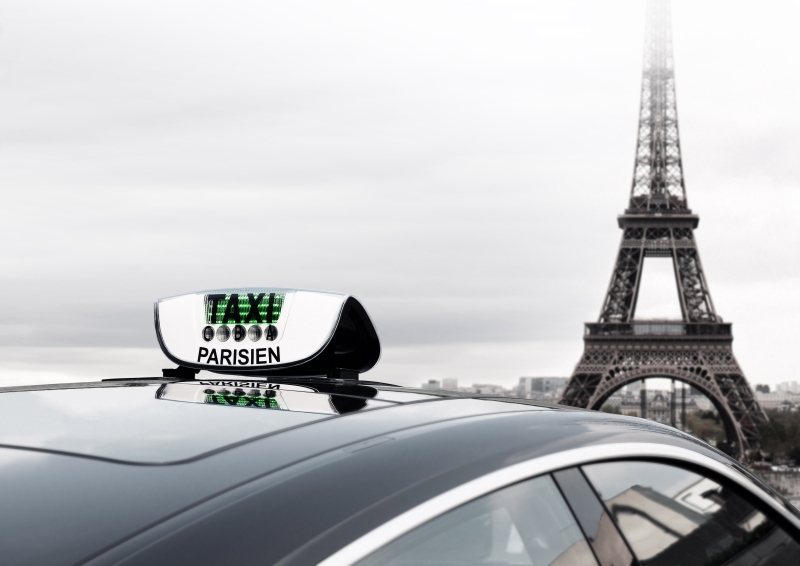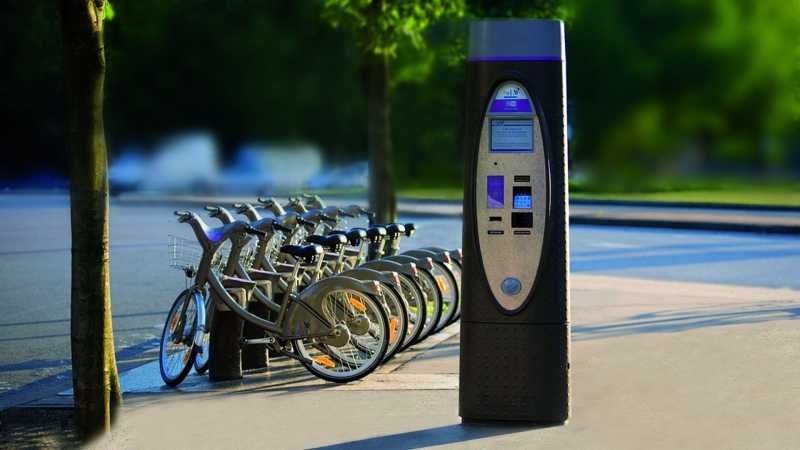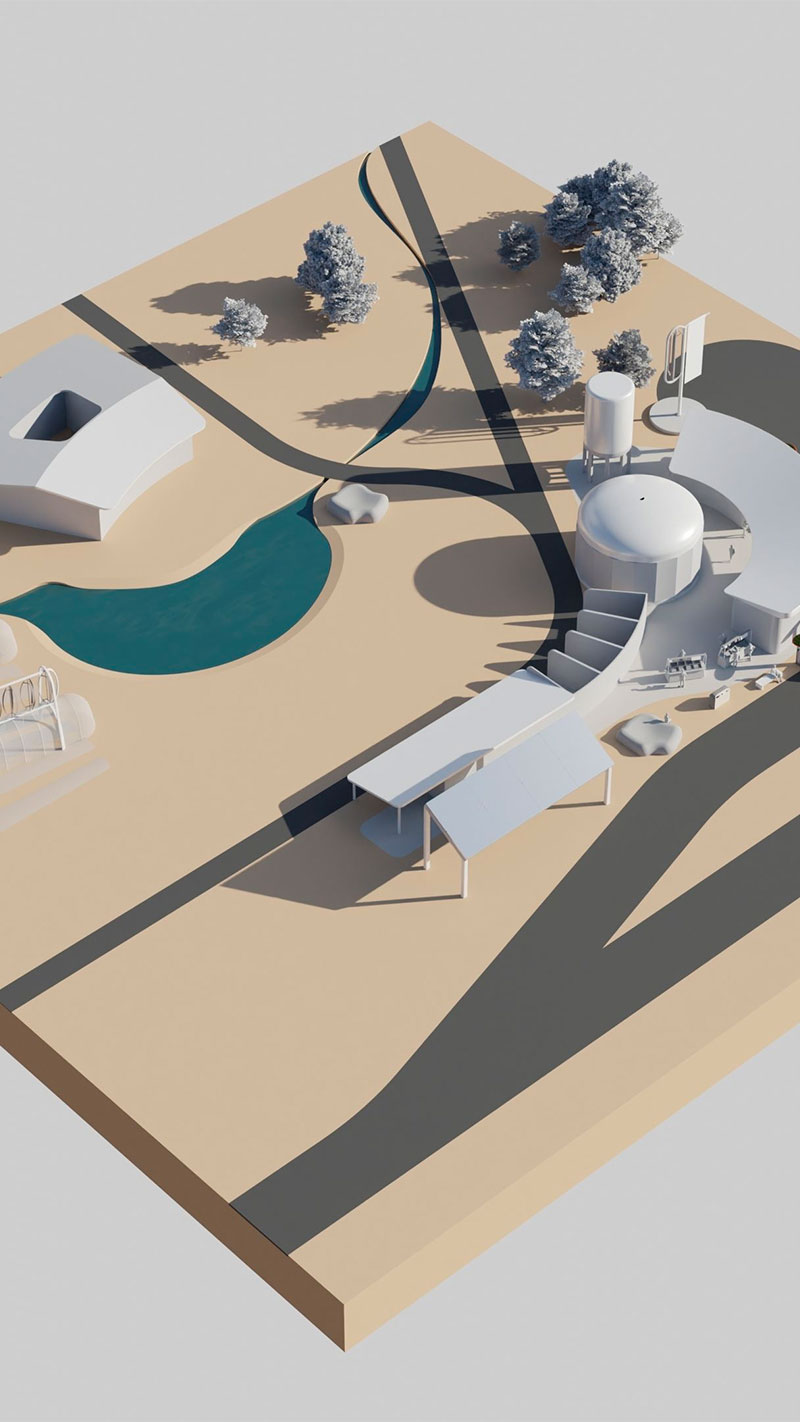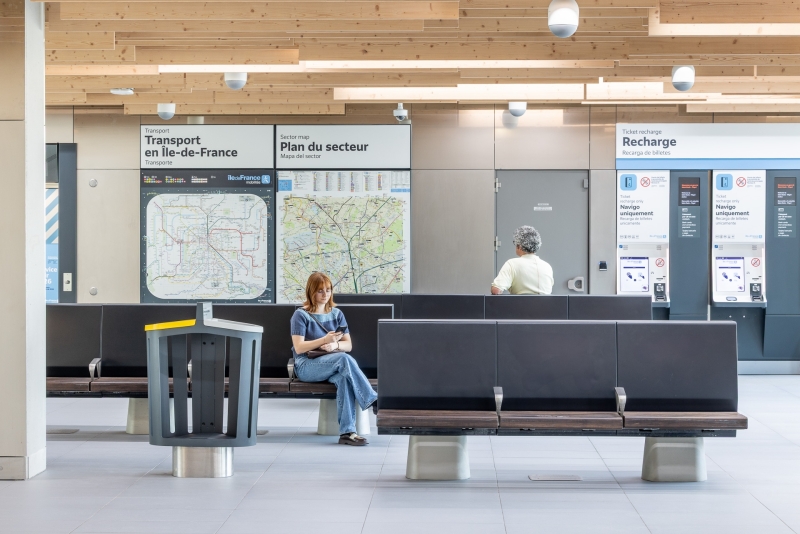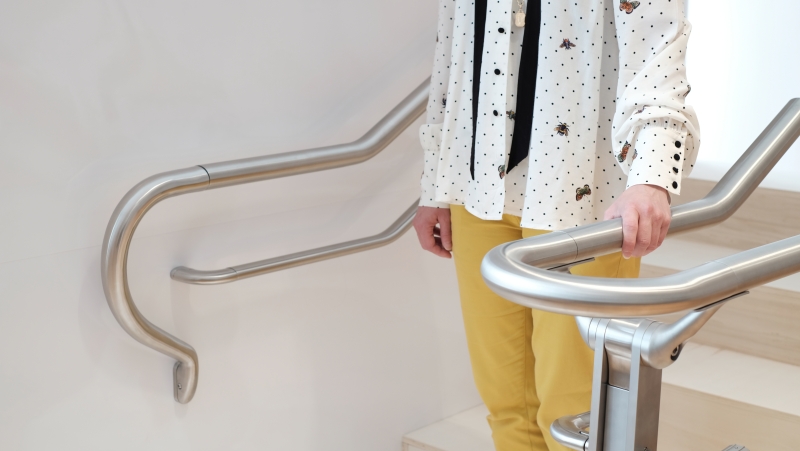

PUBLIC RESTROOMS FOR THE CITY OF PARIS
JCDecaux
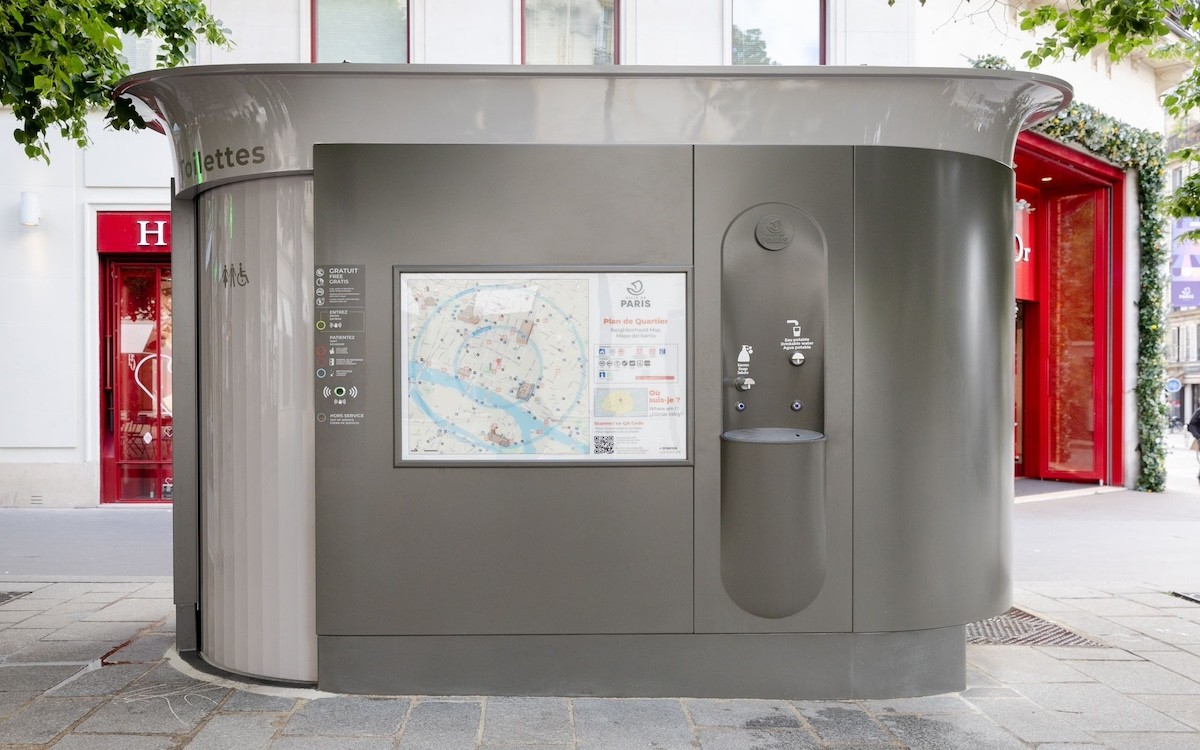
Second generation - 2024
Parisian urban furniture is characterized by a solid base, echoing the history of the bandstands, Morris columns, and Haussmannian lampposts. We have integrated a curved roof that covers and protects the entrance to the restrooms and urinals, becoming a fifth facade that evokes the silhouette of Parisian rooftops and newsstands with their rounded shapes. From the first restroom, we have retained the contrast between the exterior surface and the entrance doors, making them highly visible and intuitive for users, with a fluted effect reminiscent of the cast iron posts of the elevated metro.
"The Paris restroom retains its silhouette while evolving towards a more refined aesthetic. A design that is both new and decidedly familiar, playing with explicit references to Parisian urban furniture." - Patrick Jouin
The signage design relies on standardized icons to allow universal understanding, accompanied by audio and braille information, thus facilitating use by all. Positioned directly above the doors, it aids orientation towards the toilets or urinals, arranged to separate queues and ensure greater privacy. Inside, a large opalescent glass strip along the side allows natural light to enter the cabin, creating a connection with the outside. White, green, and gray colors have been chosen to enhance the brightness of the space and harmonize with the city's aesthetic.
Made from 100% recyclable materials and powered entirely by renewable electricity, this restroom respects the environment by reducing water consumption by two-thirds and electricity consumption by one-third, while decreasing cleaning time between uses. Starting in 2024, 435 new restrooms will be installed in the Paris urban landscape, serving as many Parisians and tourists as possible.
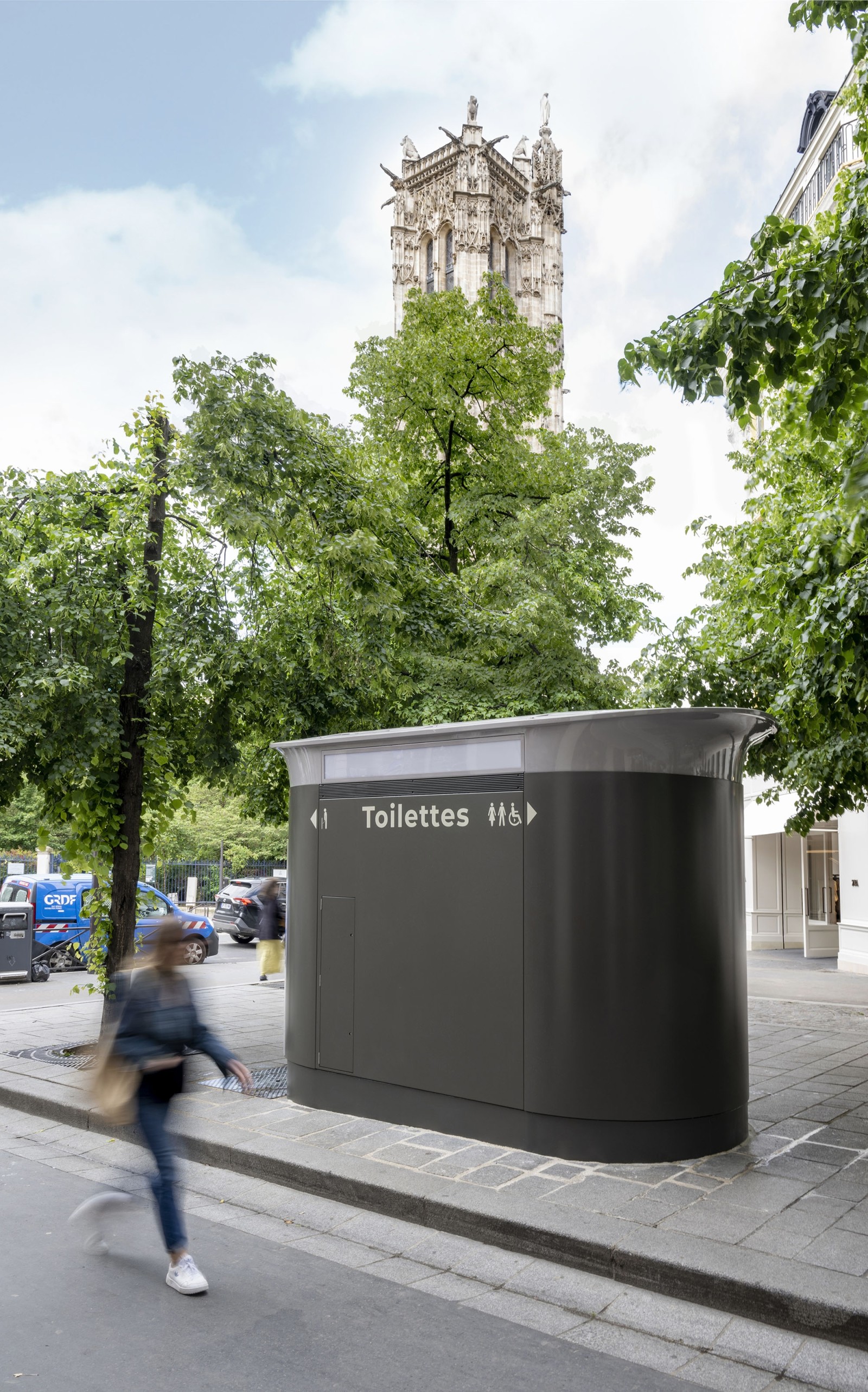
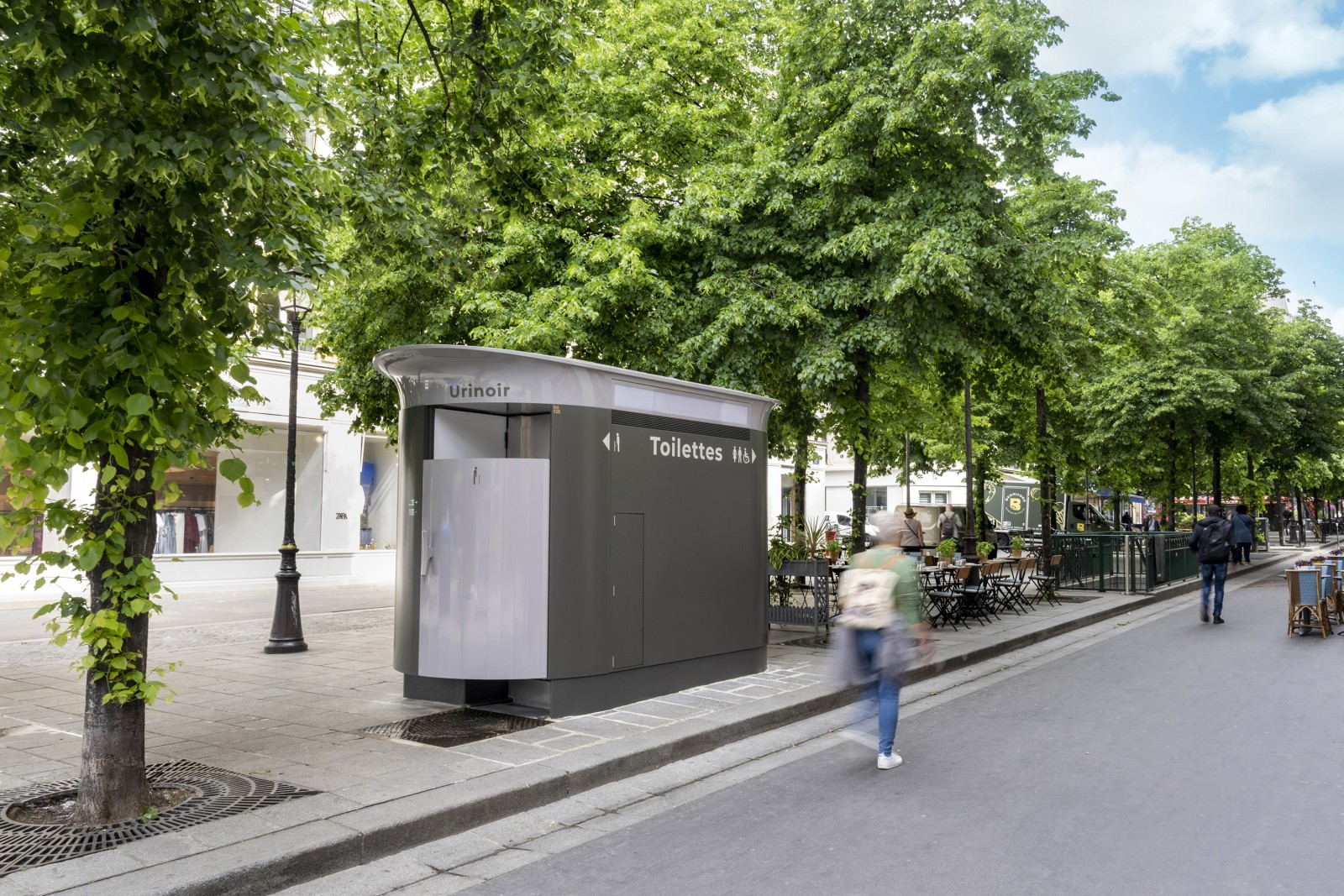
"Innovation primarily rests on the addition of an extra urinal, featuring a large handle usable with the elbow for hygiene purposes, and the integration of new functionalities: accessible restrooms for people with reduced mobility (PRM), a fountain (with hand-washing facilities and soap), and a hand sanitizer dispenser placed outside to be accessible to pedestrians, thus transforming the restrooms into true hygiene points." - Patrick Jouin
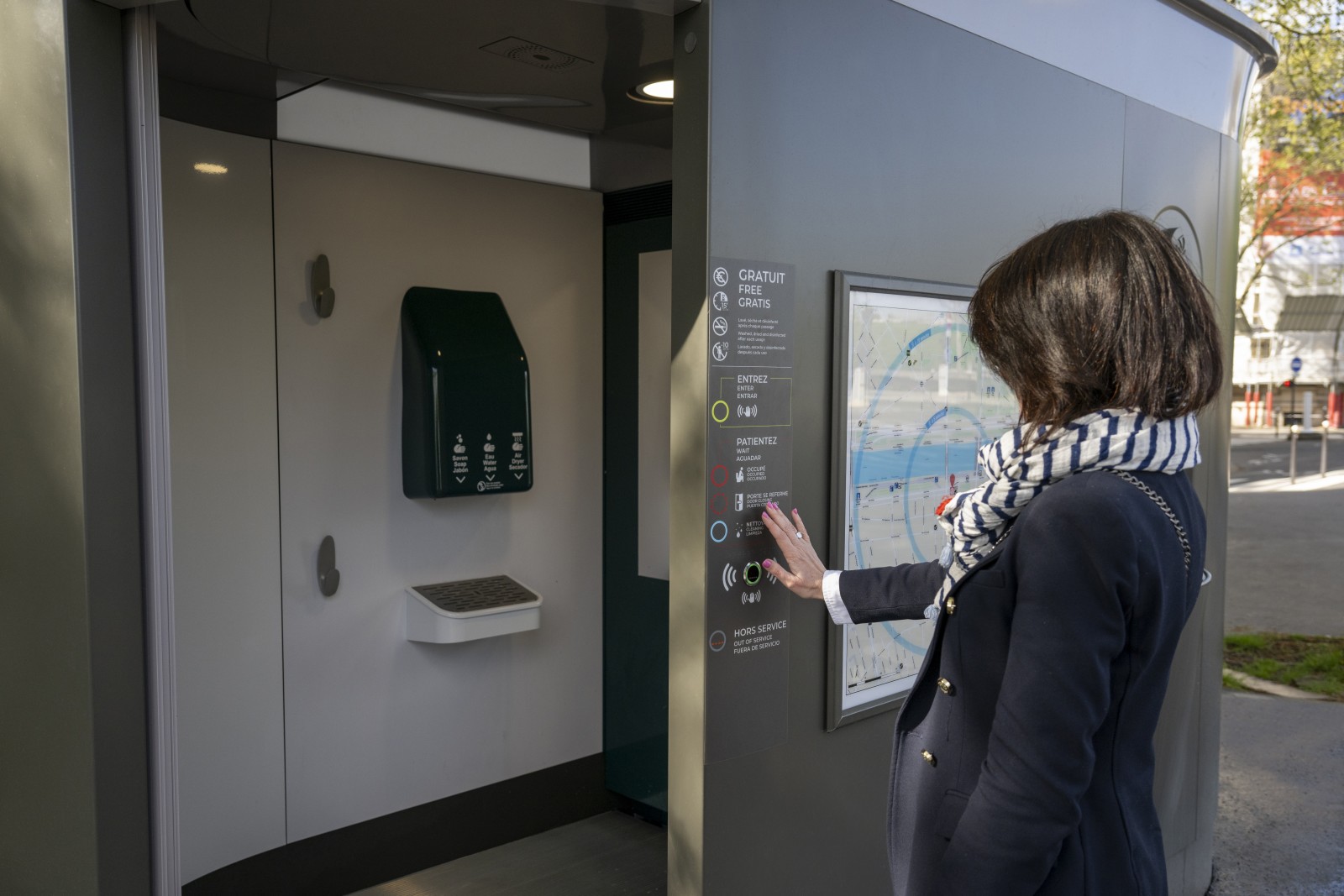
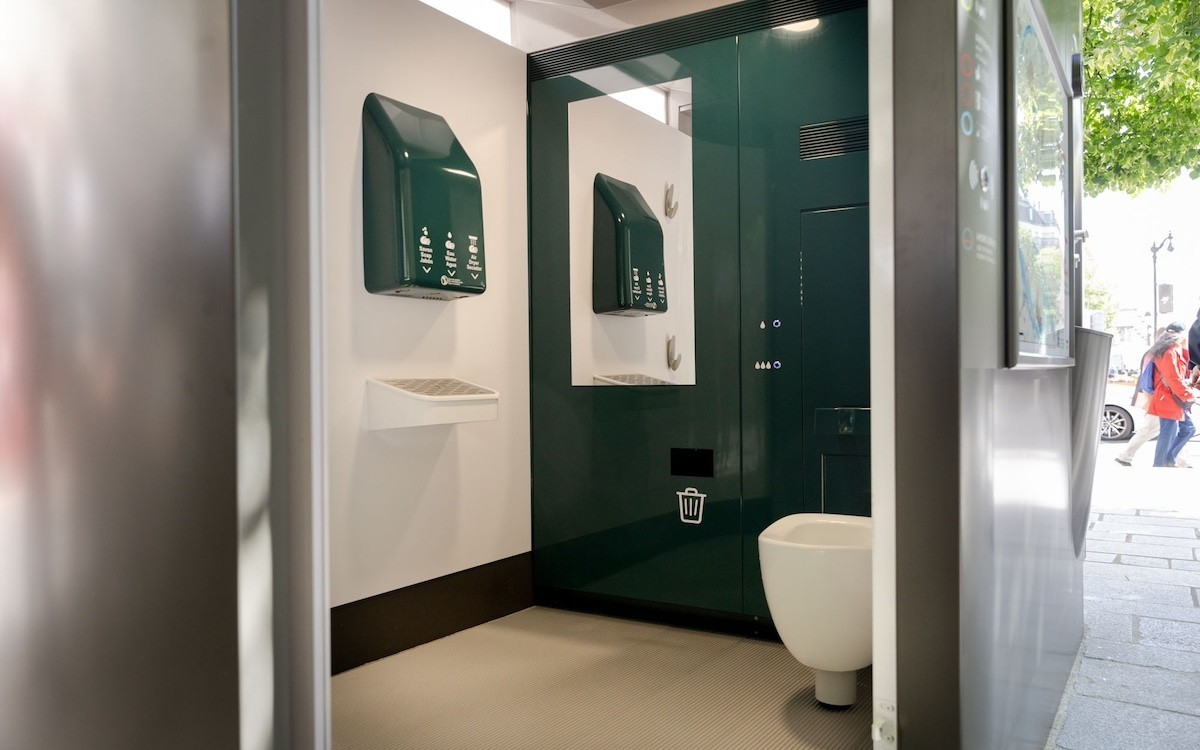
PROCESS
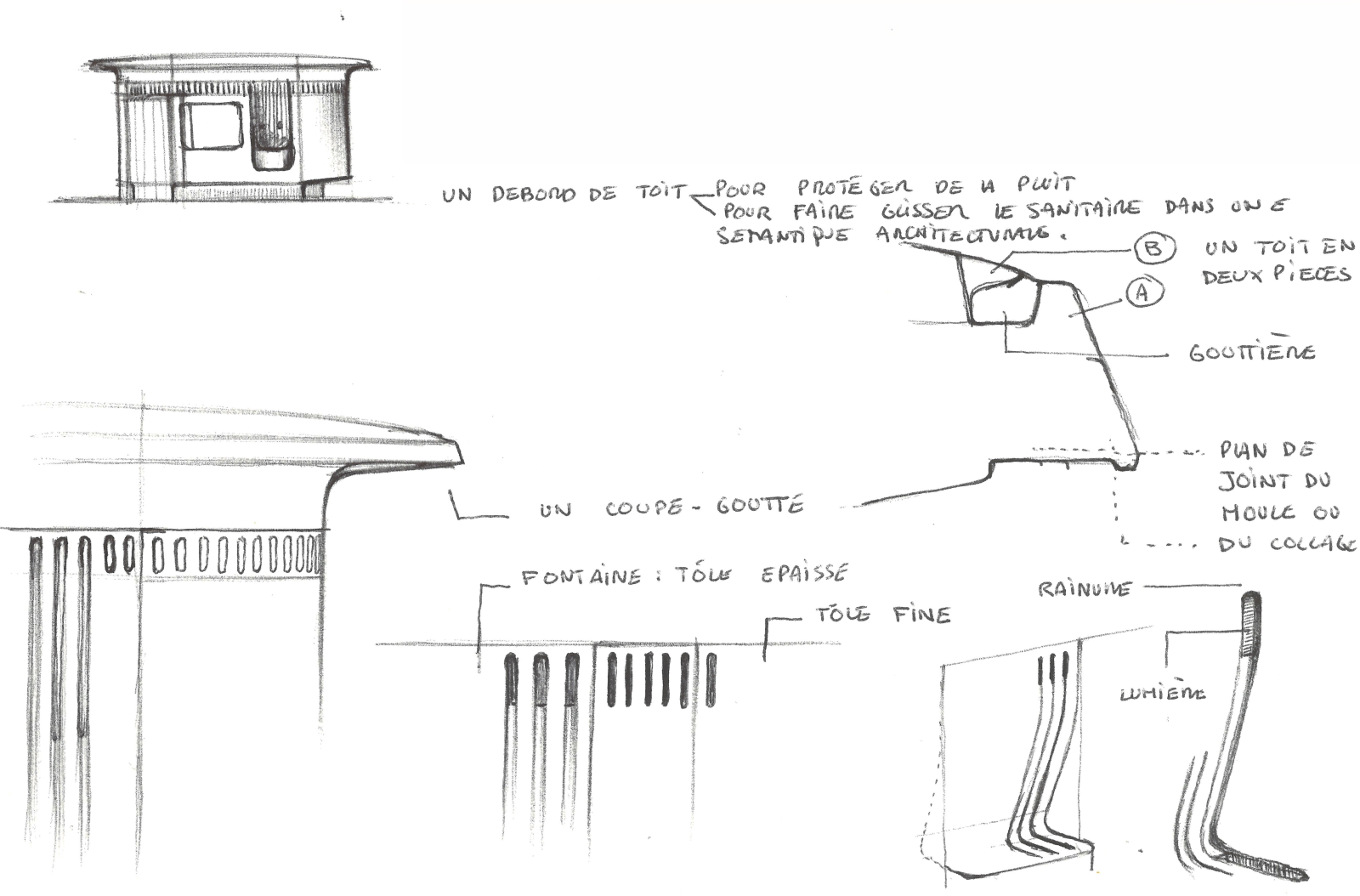
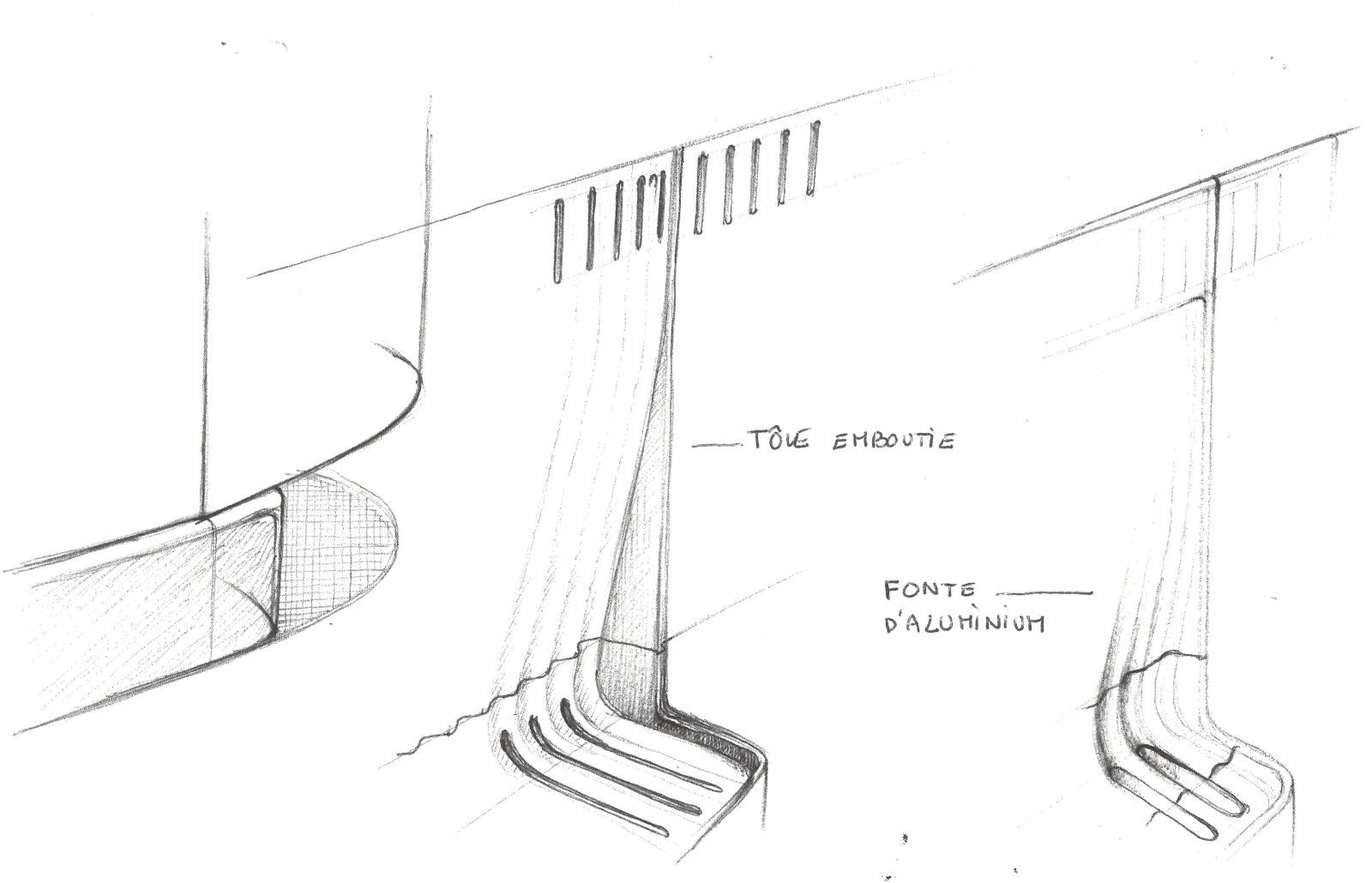
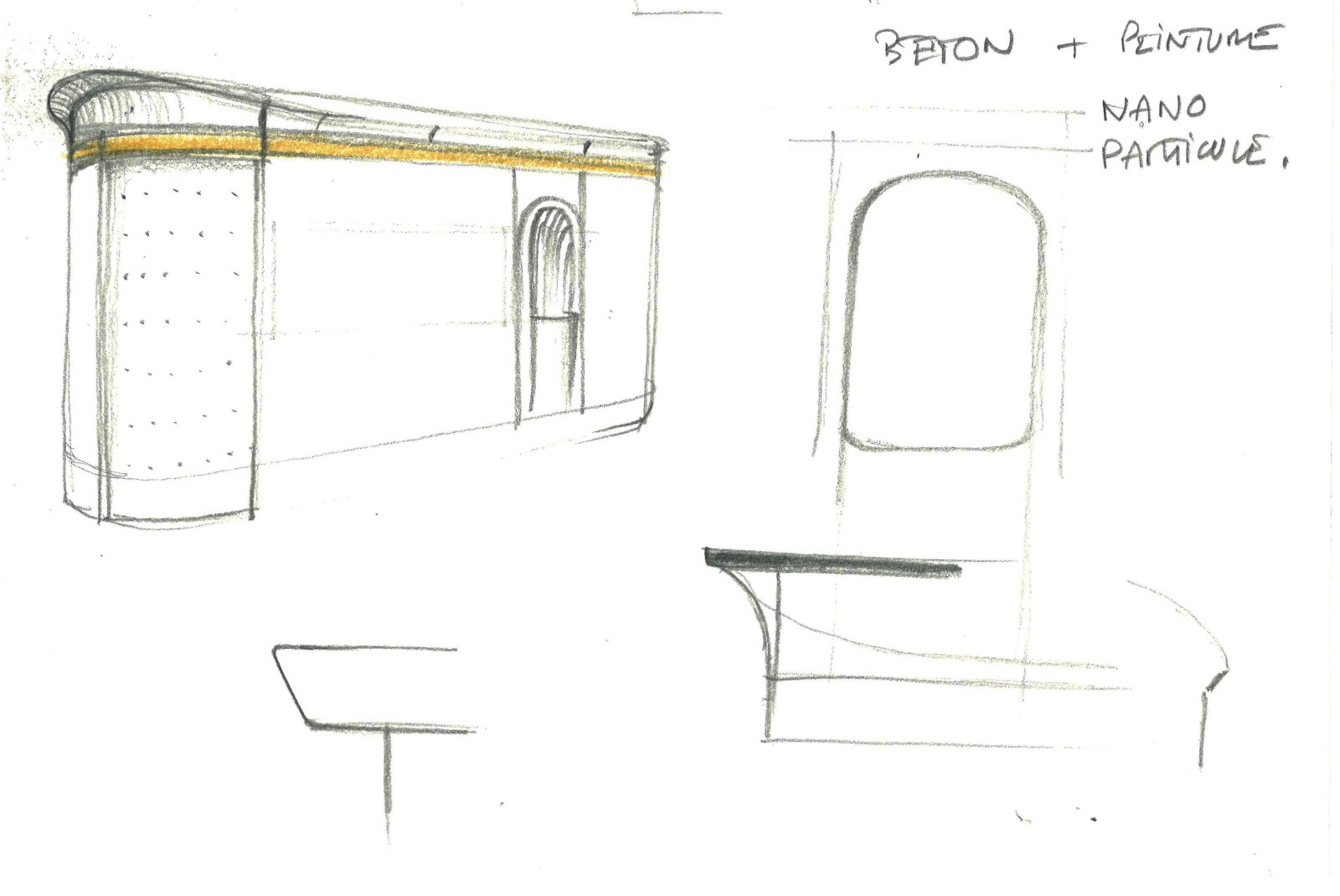
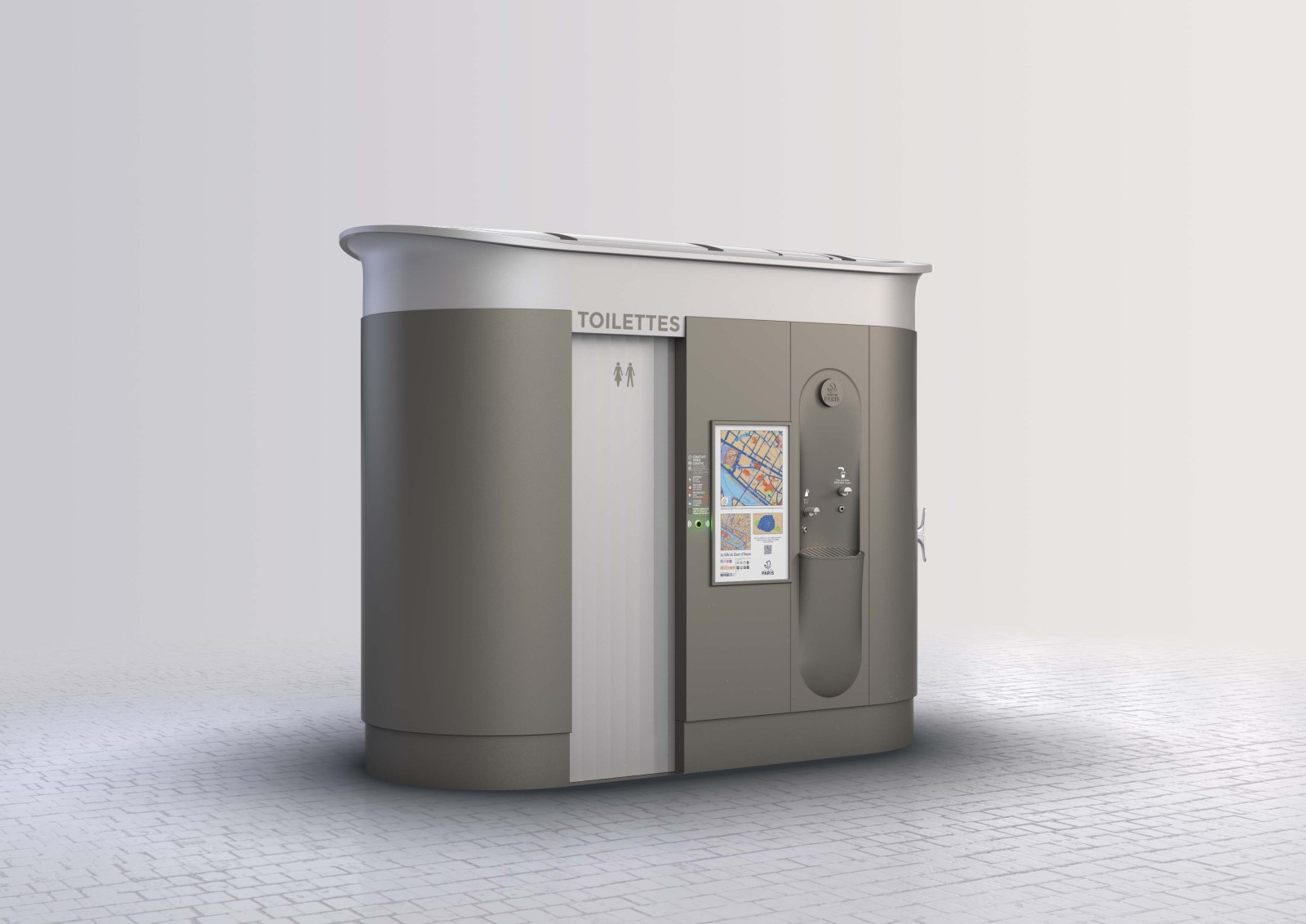
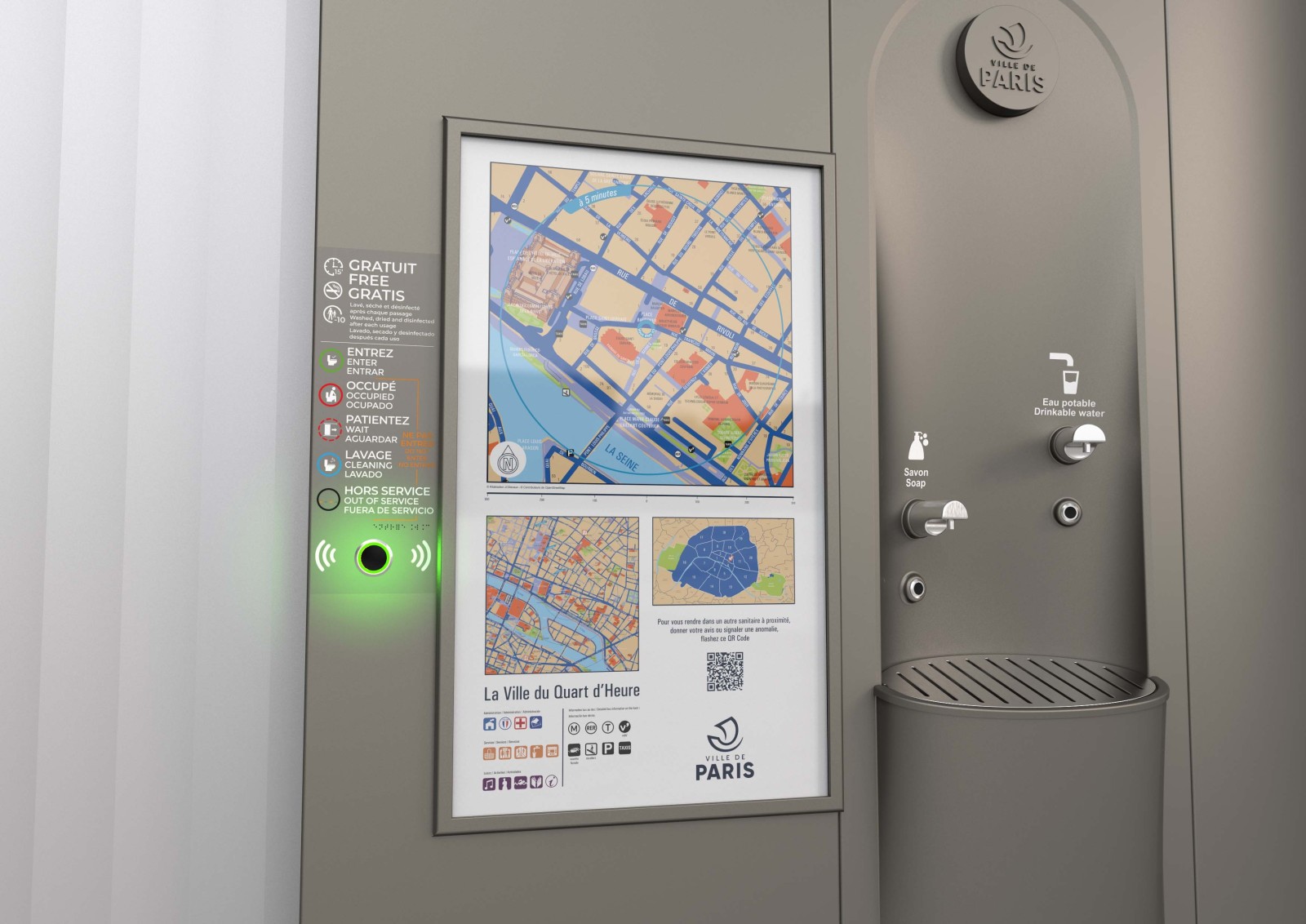
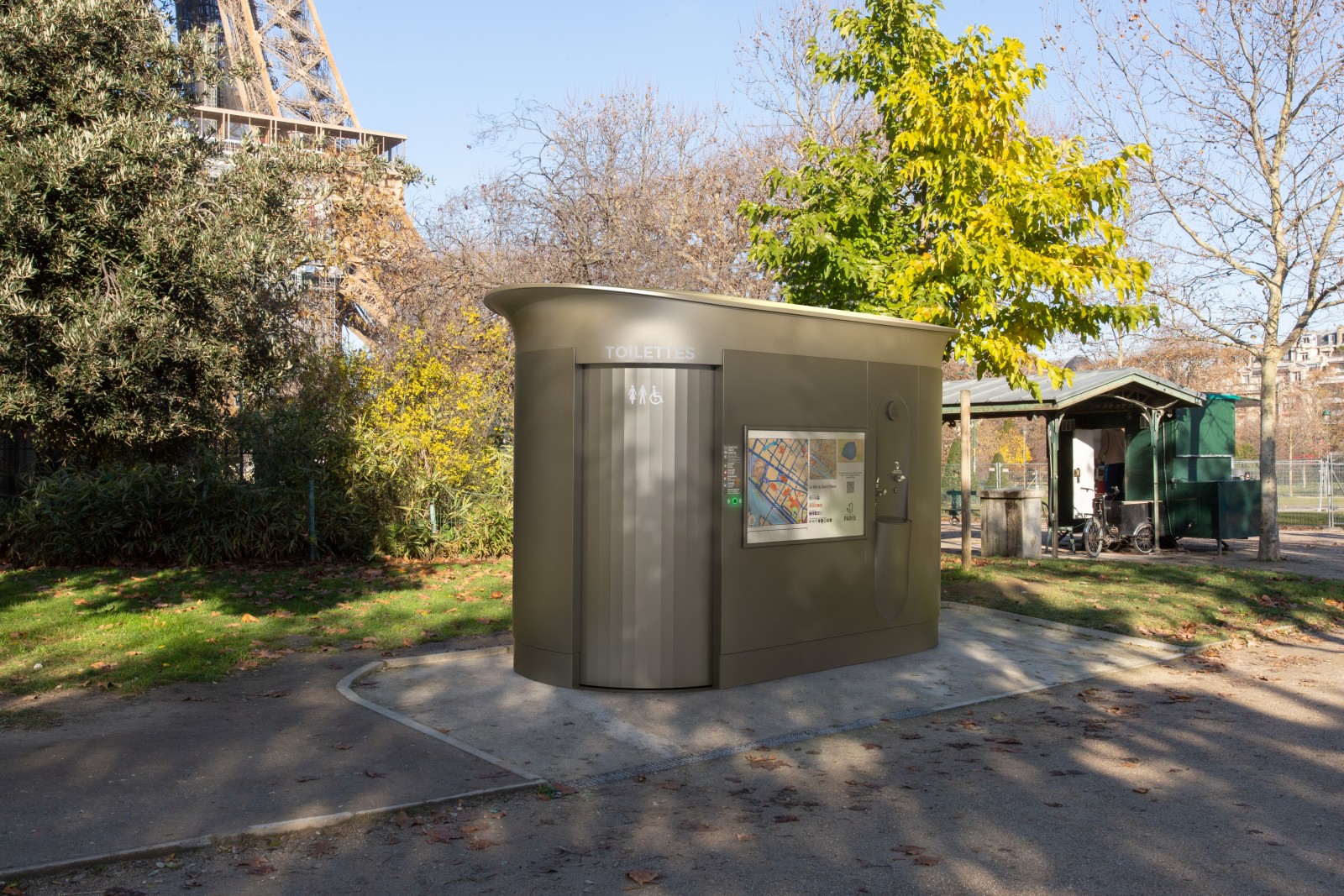
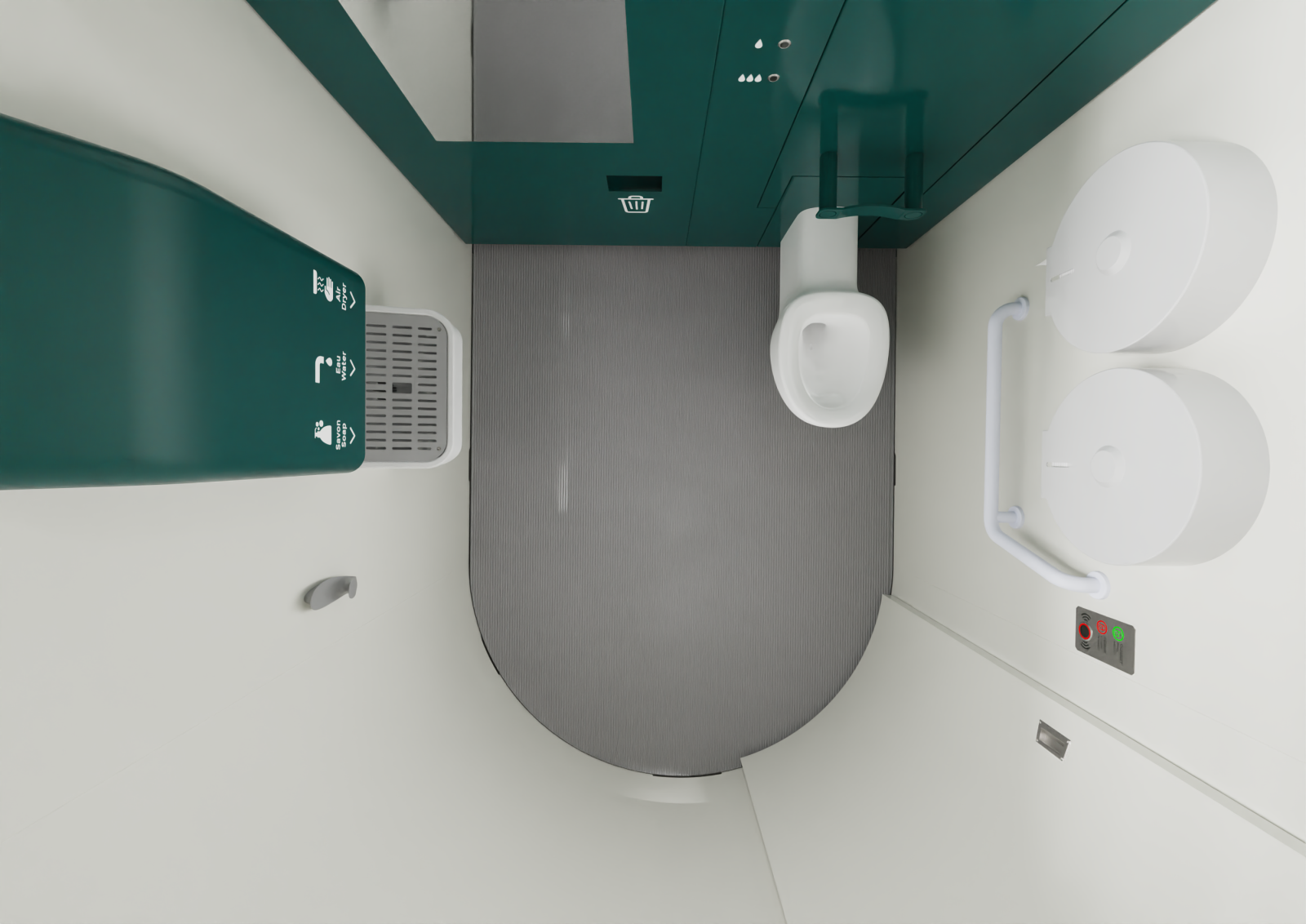
First Generation - 2009
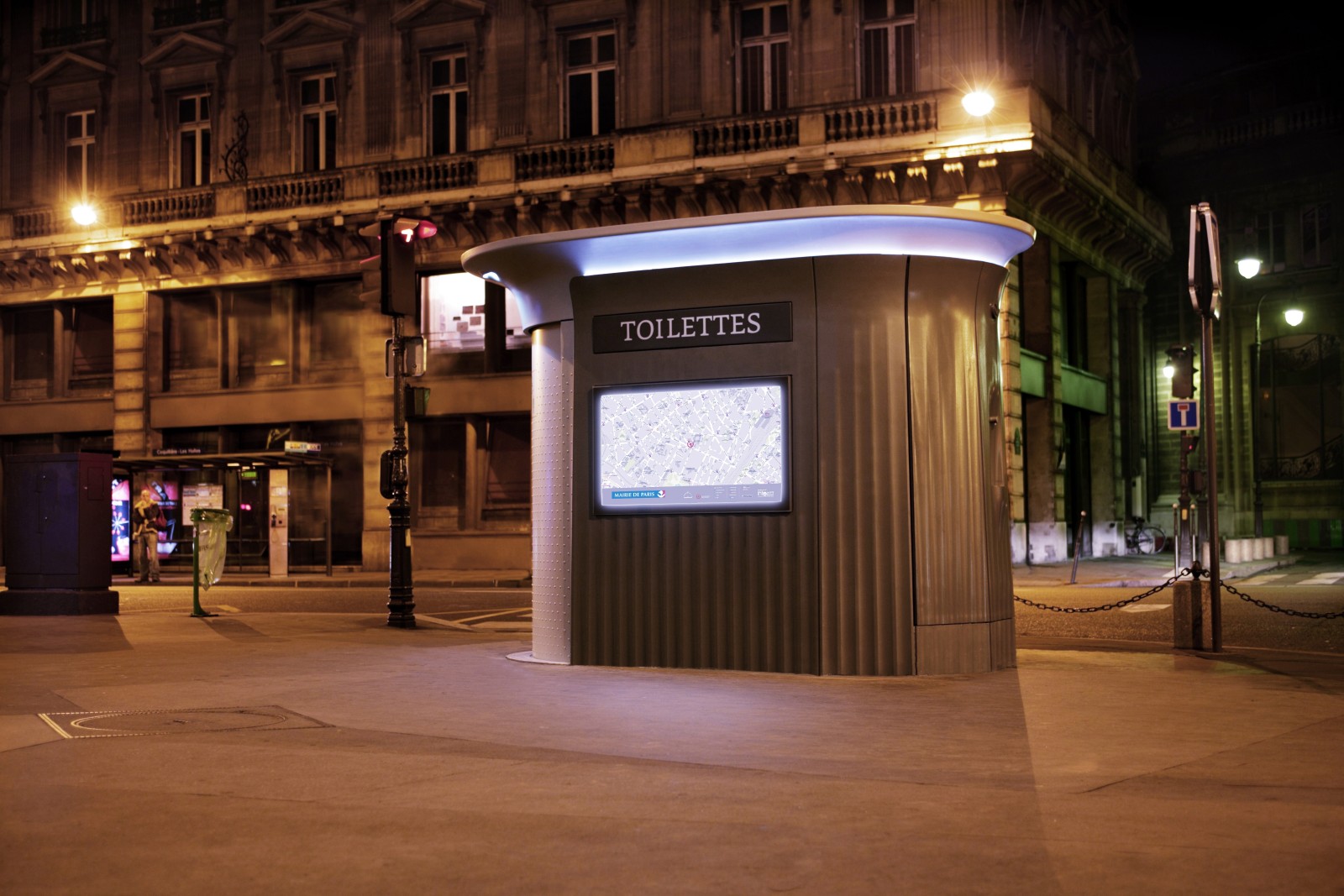
PROCESS
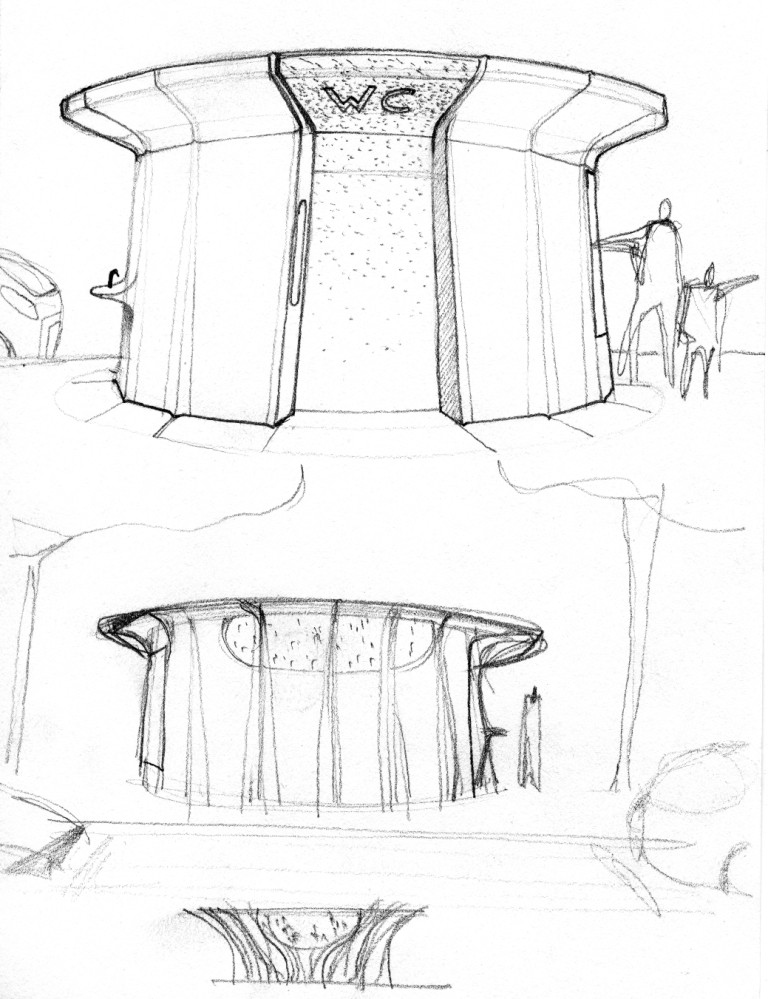
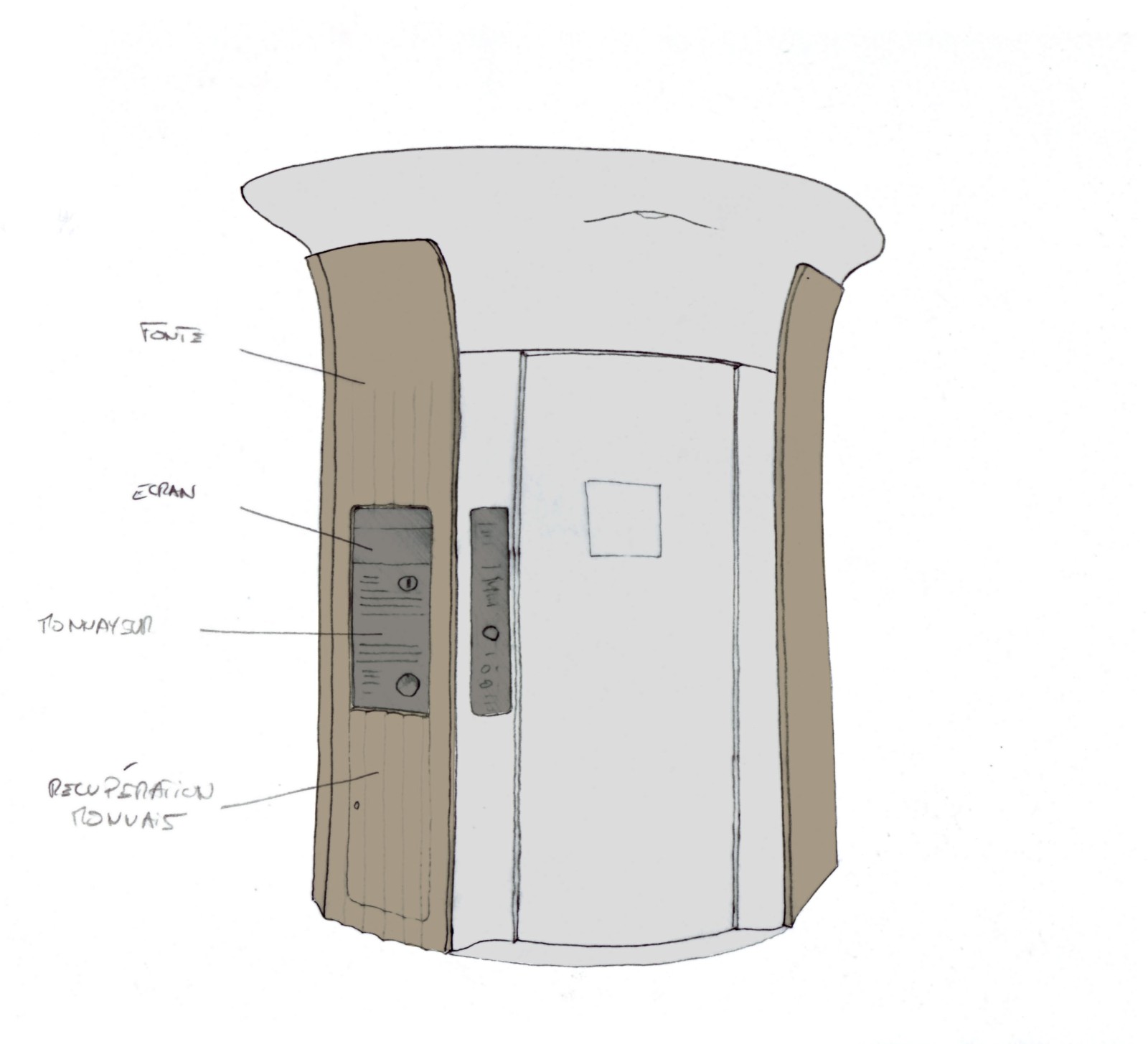
Information
Credits

